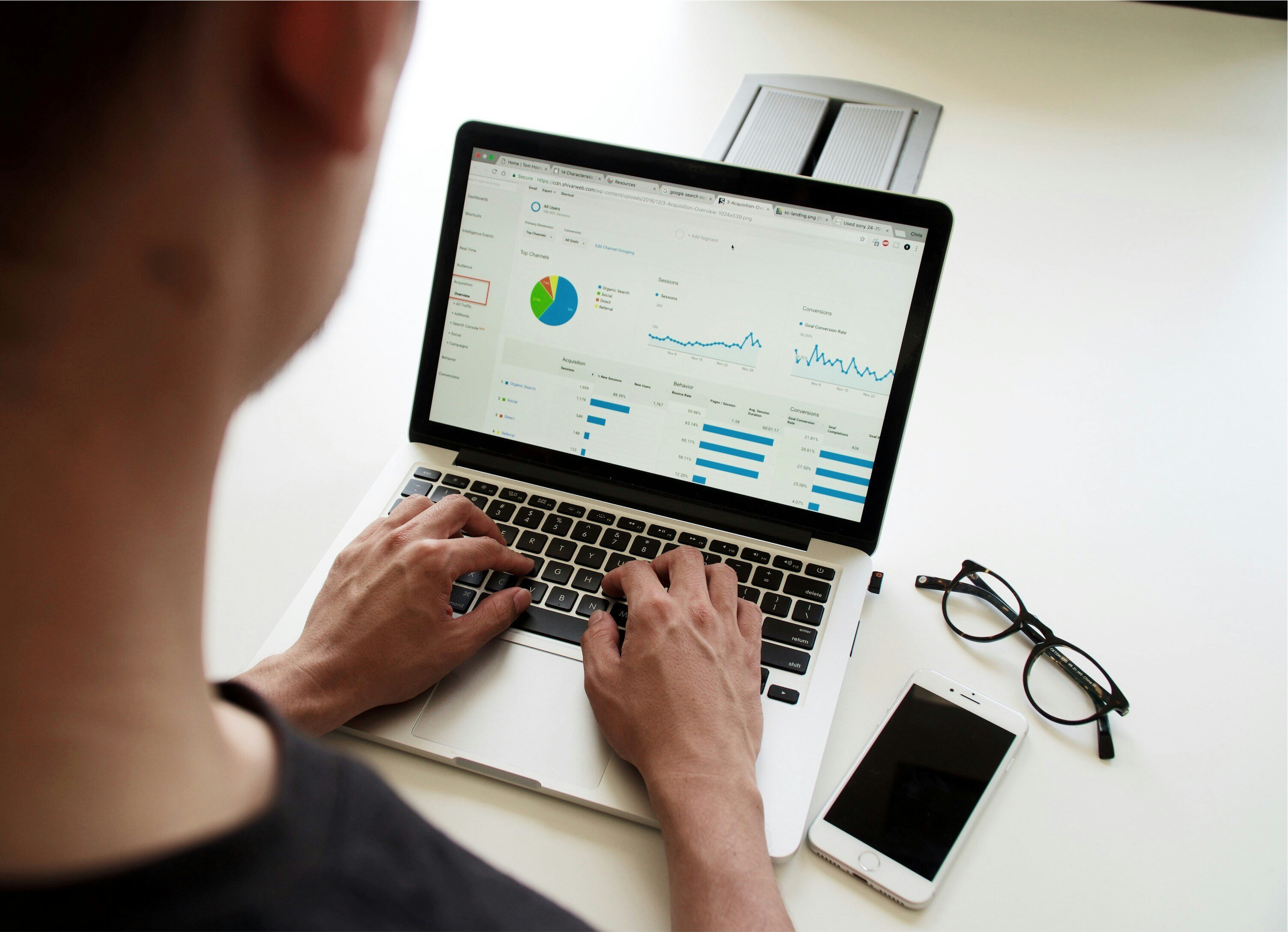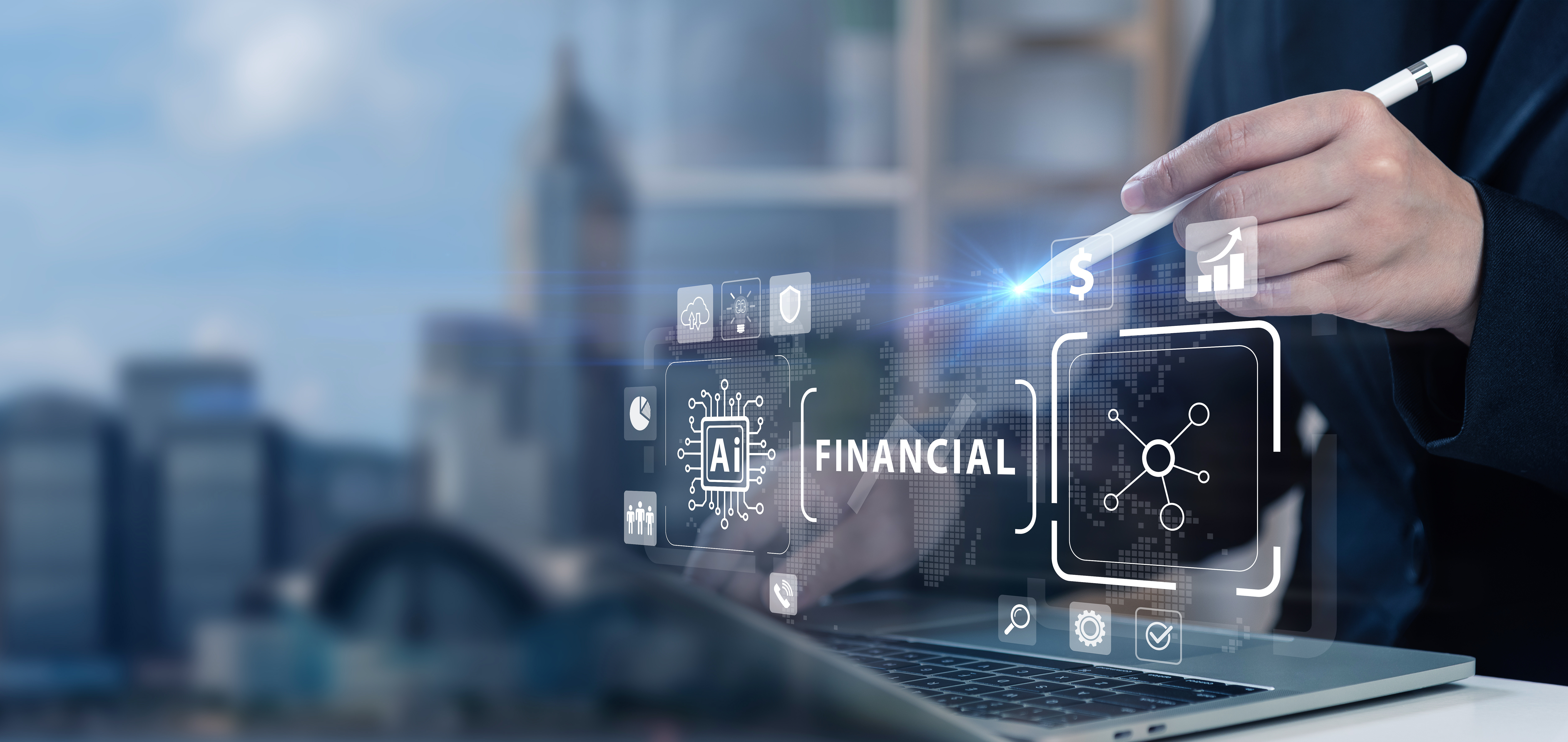Stay up to date with our latest news and insights
Supporting description on the types of content that feature in the blog.

Millennials will make up half the workforce by 2020 and the boundary between work and home will have all but disappeared... so how are the effects of technology on business embodied in person?
The ‘always on’ workforce is here. People are no longer desk-bound, nine to five. They are working across sites, across borders, and all hours. A scattered workforce brings both challenges and opportunities. Talent can grow unchecked, so it’s important to ensure you are adapting to new ways of working - and fostering communication and collaboration.
The impact of technology on business means we can all can access, download and share information anytime, anywhere. Your employees value flexible working, and significantly, it is older workers who consider it more important than their younger Generation Y colleagues.
A recent CIPD study found that atypical contracts, including flexible working arrangements, are on the increase. While 69% of organisations employ workers on fixed-term contracts, over 30% use casual workers. The economic downturn may have been a catalyst, as companies cite cost efficiency and unstable conditions as reasons for using flexible working, but the net result has been more than making savings. A work culture shift, brought about by a move away from traditional models, means nearly a third of companies surveyed by CIPD said they saw major benefits in fostering an ‘always on’, flexible culture - most notably filling skills gaps in the core workforce. The Workplace Trends of 2015 report states: ‘New technology has accelerated the opportunities for people to work from home, and the emergence of a ‘4 Generation’ or ‘4G’ workforce has provided an extra dimension to the need for flexibility.’
A separate Computerworld survey found more than half of respondents regularly communicate with the office outside work hours.
JetBlue is an organisation which actively fosters an ‘always on’ mentality via a flexible workforce. The company employs a high number of educated stay-at-home mothers from a wider talent pool than if it were restricted to those living within an hour of its offices. As a result, the company gets more from its workers, and higher calibre employees.
So, work habits are changing. The way the workforce interacts with information is changing too. A PwC graduate survey found companies increasingly value people networks, because they foster collaboration.Cloud-based platforms encourage mobile working. People like to interact with technology in their own way. The advent of Bring Your Own Device (BYOD) in workplaces means you can tap into new behaviours, and increase productivity with more flexible working arrangements. It’s down to you to spot the innovators and observe how information is being managed. Turn new ways of working into business innovation.
As our infographic shows, people of all ages are plugged into technology and becoming innovators. Fostering individual talent, and promoting collaboration within an 'always on' culture gets your business ahead of the game. Both Zoe and Geoff can make valuable contributions to their company- this may mean losing traditional hierarchical structures and static workplace environments.The trick is to spot innovation across your ‘always on’ workforce and harness it.
Supporting description on the types of content that feature in the blog.

20-09-2024
Digital document management tools offer a range of compelling benefits for businesses, including a PDF editor, a file converter and a form generator. You can also integrate with digital signatures qui...

20-09-2024
When choosing a SaaS software to deal with your company’s PDF documents and enable forms to be digitally sent and signed, you’ll want a product that’s user-friendly and easy to use. With Tungsten’s Po...

11-07-2024
Belkin is a global technology company that provides high-quality electronics products, from wireless chargers to power banks. Their people-centric approach and best-in-class functionality have positio...